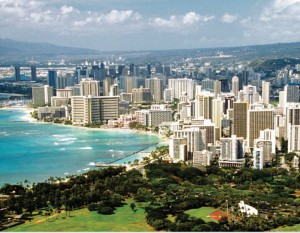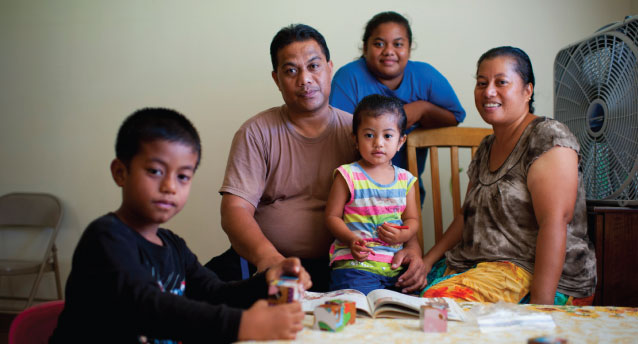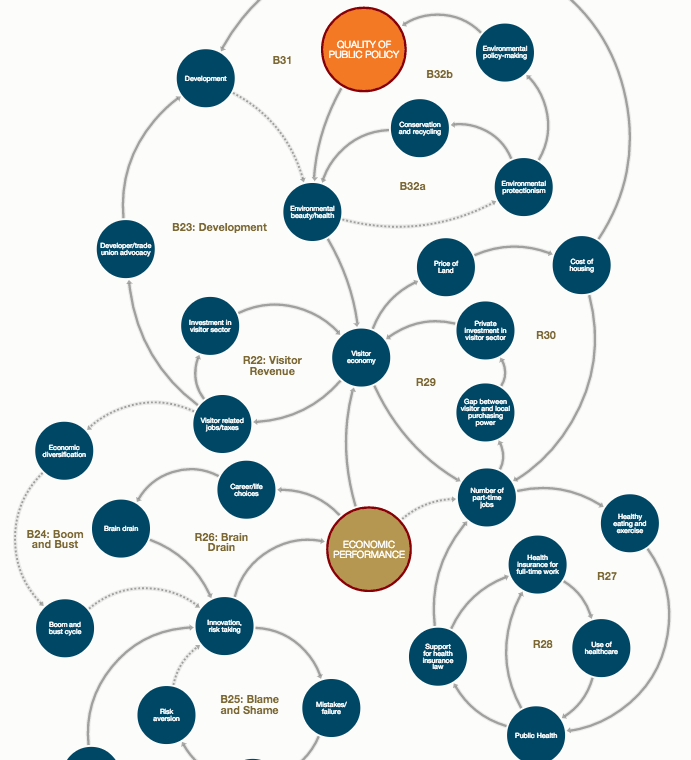QUALITY OF LIFE
By Steve Petranik
I think most of Hawaii’s people feel ambivalent when they hear that their home is the best place to live in America. We feel proud and probably agree that Hawaii ranks No. 1 in quality of life, but we also know the Islands too well to be smug. We see both the good and the bad up close and real, not like a picture postcard or during a two-week vacation.
This report tells us what we’re doing right – so, stay on track and strive to be even better in those areas – and what we need to fix.
Yes, we have the longest lifespan in the nation, but we also have the highest cost of living and housing. We treasure the land and the aloha spirit with all our souls, but we trample them far too often. Some of us in Hawaii have a fabulous quality of life, but many are left far behind.

This website on Hawaii’s Quality of Life examines the sunny and dark sides of paradise, and the many shades in between. We tell stories, show pictures, provide numbers and offer something innovative – systems maps – to explain the good and bad of Hawaii. The more we understand Hawaii and its people, the better equipped we are to improve our overall quality of life.
This report tells us what we’re doing right – so, stay on track and strive to be even better in those areas – and what we need to fix. We also offer ways to move forward, while recognizing that further conversation is needed on everything in these pages.
If we keep working at improving our home for everyone, there may come a glorious day when some outsider declares that Hawaii has the best Quality of Life in the world, and we can respond without ambivalence or irony, “Yes, you are absolutely right!”
![]()
Why Systems Maps?
Measuring and understanding the quality of life for Hawaii’s people is a complex task, and this complexity often frustrates attempts to improve it.
One way to make this complexity more manageable is to visualize the factors that improve or degrade our quality of life as a web of interconnected factors and behaviors. It’s called a systems map.
You’ll find systems maps throughout this site – some focus on specific issues, others large cross-sections of society, and one tries to explain the entire system. We encourage you to study them and let us know your thoughts.
We’re No. 1
Every year, several surveys rank Hawaii as No. 1 in quality of life and this year is no exception. For instance, CNBC gave Hawaii first place among the states in quality of life, after ranking us at No. 2 in 2012.
An international annual survey of quality of life conducted by Mercer, a global consulting firm, ranked Honolulu as the best city in the U.S. this year. Honolulu placed 28th, just ahead of San Francisco, on the list of 221 cities worldwide. That survey scored cities on their political, social and economic situations, healthcare, schools, public services, recreation, housing and environment.
For the fourth year in a row, Hawaii ranked first in the Gallup-Healthways Well-Being Index. The index is based on a survey that asks people nationwide about more than 50 items. Hawaii scored 71.1 out of 100, with the top scores on life evaluation, emotional health and work environment.
The poll also found that Hawaii residents were most likely to rate their lives as “thriving,” most likely to experience daily enjoyment and least likely to have daily worry or stress.
CONTENTS

Sponsors
Hawaiian Electric, Bank of Hawaii, HMSA, Island Insurance, The Nature Conservancy
Read more
Civic Engagement
Explaining Systems Maps, Voting Numbers, Using Systems Maps
Read more
Economics
Cost of living, Income, Tourism’s Share of Economy, Unemployment, Jobs, Poverty, Part-time Jobs
Read more
Education
Special Needs, Test Scores, Other Key Metrics, Early Education
Read more
System Maps
Success Stories

Creative Commons

All content on this website excluding photos is licensed under a Creative Commons Attribution-ShareAlike 4.0 International License.
